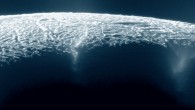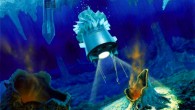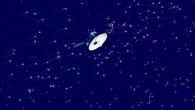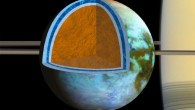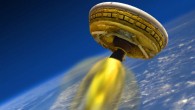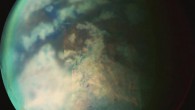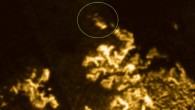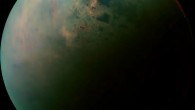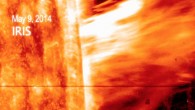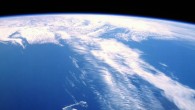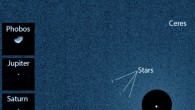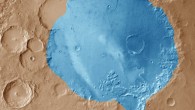On August 25, 1989, NASA’s Voyager 2 spacecraft passed within about 40,000 km of Triton, the largest moon of the planet Neptune. In commemoration of the 25th anniversary of this event, Dr Paul Schenk of the Lunar and Planetary Institute in Houston has created a new high-resolution global map of the icy moon. Colorized map of Triton based on Voyager 2 images. Image credit: NASA / JPL-Caltech / Lunar & Planetary Institute. Discovered in 1846...



